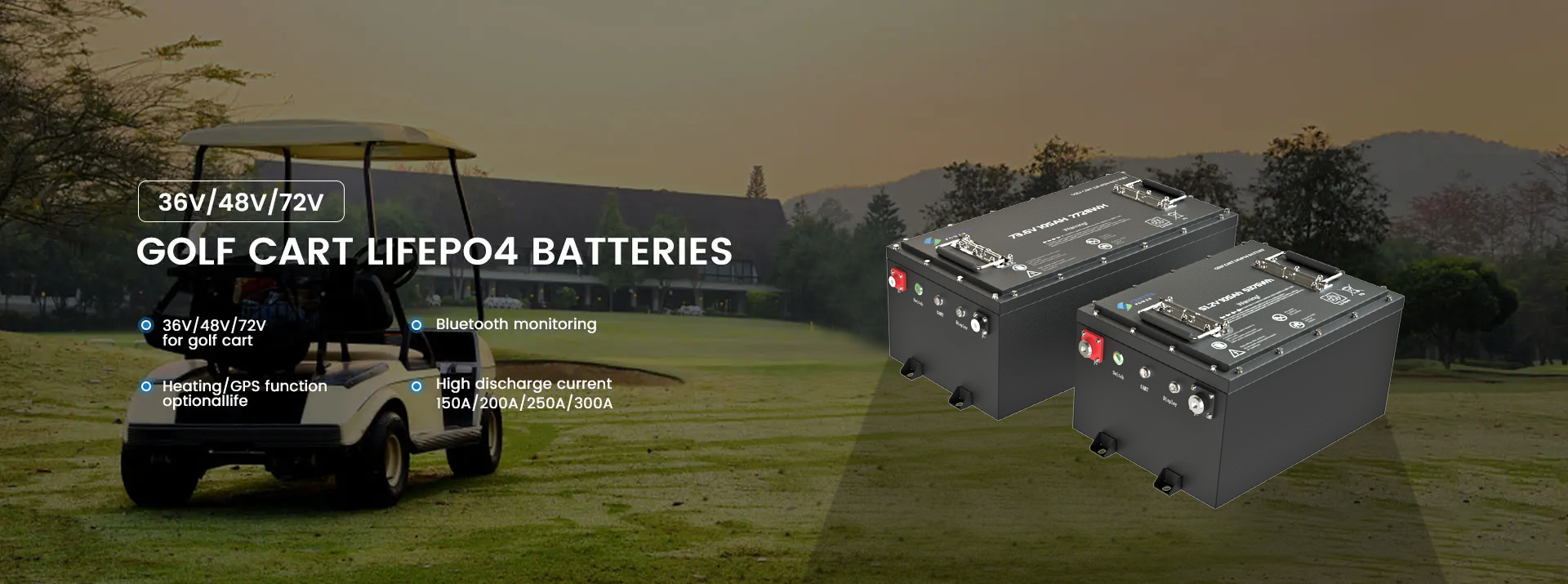
Nothing can ruin a beautiful day on the golf course like turning the key in your cart only to find your batteries are dead. But before you call for a pricey tow or pony up for expensive new batteries, there are ways you can troubleshoot and potentially revive your existing set. Read on to learn the top reasons your golf cart batteries won't charge along with actionable tips to get you back cruising the greens in no time.
Diagnosing the Issue
A golf cart battery that refuses to charge likely indicates one of the following underlying problems:
Sulfation
Over time, hard lead sulfate crystals naturally form on the lead plates inside flooded lead-acid batteries. This process, called sulfation, causes the plates to harden, which reduces the battery's overall capacity. If left unchecked, sulfation will continue until the battery no longer holds a charge.
Connecting a desulfator to your battery bank for several hours can dissolve the sulfate crystals and restore your batteries' lost performance. Just be aware that desulfation may not work if the battery is too far gone.

Expired Life
On average, a set of deep-cycle batteries used for golf carts will last 2-6 years. Letting your batteries drain completely, exposing them to high heat, improper maintenance, and other factors can dramatically shorten their lifespan. If your batteries are more than 4-5 years old, simply replacing them may be the most cost-effective solution.
Bad Cell
Defects during manufacturing or damage from use over time can cause a bad or shorted cell. This renders that cell unusable, greatly reducing the entire battery bank's capacity. Check each individual battery with a voltmeter - if one shows significantly lower voltage than the others, it likely has a bad cell. The only remedy is to replace that battery.
Faulty Charger
Before assuming your batteries are dead, make sure the issue isn't with the charger. Use a voltmeter to check the charger's output while connected to the batteries. No voltage means the charger is faulty and needs to be repaired or replaced. Low voltage could indicate the charger isn't powerful enough to properly charge your specific batteries.
Poor Connections
Loose battery terminals or corroded cables and connections create resistance that inhibits charging. Tighten all connections securely and clean any corrosion with a wire brush or baking soda and water solution. This simple maintenance can dramatically improve electrical flow and charging performance.

Using a Load Tester
One way to pinpoint if your batteries or charging system are causing the issues is using a battery load tester. This device applies a small electrical load by creating resistance. Testing each battery or the entire system under load shows whether the batteries are holding a charge and if the charger is delivering adequate power. Load testers are available at most auto parts stores.
Key Maintenance Tips
Routine maintenance goes a long way towards maximizing golf cart battery life and performance. Be diligent with these best practices:
- Inspect water levels monthly in flooded batteries, refilling with distilled water as needed. Low water causes damage.
- Clean battery tops to prevent buildup of corrosive acid deposits.
- Check terminals and clean any corrosion monthly. Tighten connections securely.
- Avoid deep discharging batteries. Charge after each use.
- Don't leave batteries sitting discharged for extended periods. Recharge within 24 hours.
- Store batteries indoors during winter or remove from carts if stored outdoors.
- Consider installing battery blankets to protect batteries in extremely cold climates.
When to Call a Professional
While many charging issues can be addressed with routine care, some scenarios require a golf cart specialist's expertise:
- Testing shows a bad cell - the battery will need replacement. Professionals have equipment to safely lift out batteries.
- The charger consistently shows problems delivering power. The charger may require professional service or replacement.
- Desulfation treatments do not restore your batteries despite correctly following procedures. Dead batteries will need to be replaced.
- The entire fleet exhibits rapid performance decline. Environmental factors like high heat may be accelerating deterioration.
Getting Help from the Experts
Post time: Sep-15-2023






